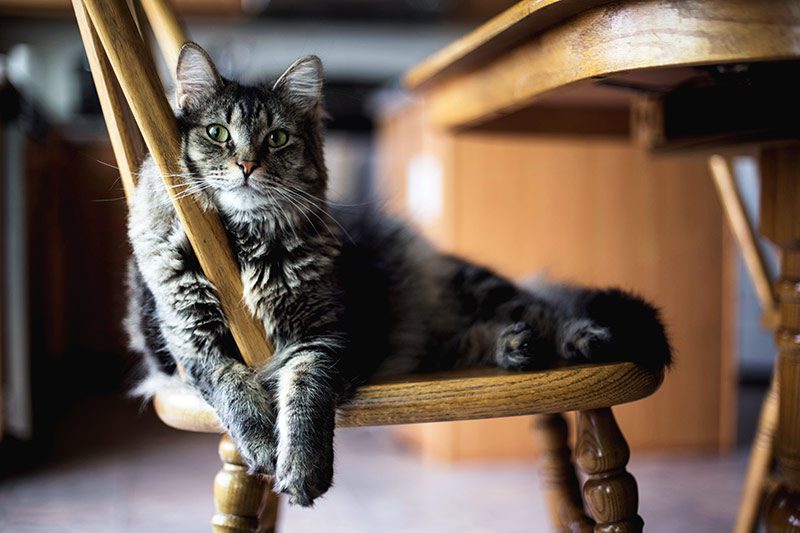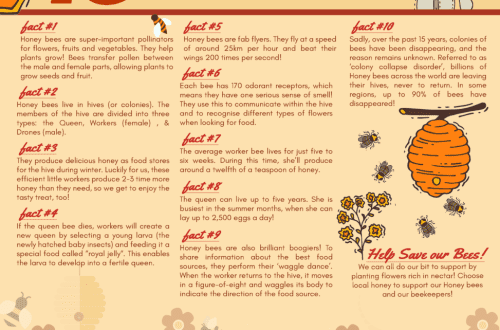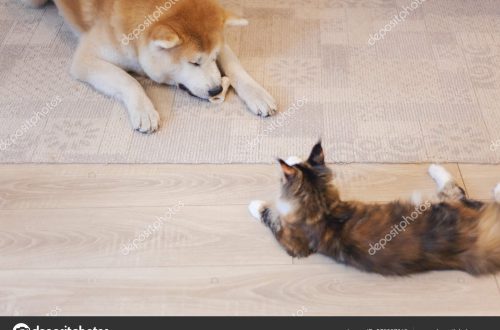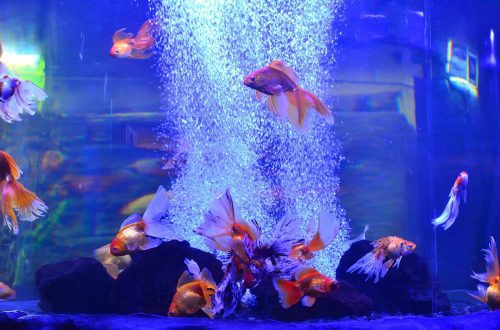
Prensip prensipal la nan nitrisyon yon chat esterilize se bon manje ak sa ki ka manje.
Many cat owners periodically ask themselves the question: is it necessary to sterilize their pet? Sometimes the decisive thing in this matter is that growing up, the cat (cat) begins to mark the corners in the apartment during estrus. Not only does she mark everything around, she also yells all the time. And such a period can last up to two weeks every three months, but it happens even more often.
This behavior of the animal is not only annoying, besides, you want to help him. How to do it? There are different ways, but they are short-lived. So it turns out that the most effective is sterilization, which will save everyone from inconvenience and unnecessary offspring.
Once a cat has been spayed, she has body physiology changes. As a result, after the operation, changes occur not only in the body. As all owners notice, after sterilization, the pet’s appetite changes. It is considered normal that a spayed cat needs less food than fertile ones. In fact, quite the opposite happens. This, of course, manifests itself more in cats: they begin to eat more, since the procedure of eating replaces all other joys for them.
contents
How to feed a cat before and after spaying
To sterilize a cat consider her age. You can’t do this at an early age. The nine-month-old age of a kitten is considered the most optimal. At this time, cats are already in their first estrus. Of course, it all depends on the breed, because growing up is a purely individual moment. Before nine months, you should not do the operation, so as not to harm your pet.
The operation and the postoperative period must comply with the rules and regulations for the care of sick animals. Although such an operation is common and considered safe, there may still be different nuances: the cat may have a bad heart, an allergic reaction to anesthesia, and so on.
Therefore it is worth adhere to certain requirements and conditions for the recovery of the cat after surgery.
- Since the operation takes place under general anesthesia, its effect on the cat is such that she can oversleep until the next morning. At the same time, her sleep will be interrupted periodically. You need to provide care for your pet (pet):
- a) monitor the temperature of the cat’s body and prevent its body from getting cold;
- b) so that it does not suffocate, watch where the animal tries to stick its nose;
- c) do not lay the operated patient even at a small height;
- d) if the cat sleeps with open eyes, it should be instilled with drops to avoid drying out of the mucous membrane of the eyes.
- If necessary (at the discretion of the doctor), you will need to take a course of antibiotics. This means that you need to free yourself from other things in order to care for the animal.
- Care and monitoring of the seam will help to avoid unnecessary complications. The cat will try to lick this place, tear off the blanket. If everything is done correctly and she will not have the opportunity to get close to the seam, then after two weeks the blanket can be removed.
- Do not be afraid if your pet does not go to the toilet at all for some time. It may be that after sterilization she will urinate, and “by and large” she will start walking some time later.
- After the operation, the animal can only be given water for the first day (however, it all depends on the animal itself). And what to feed the cat after sterilization will tell the doctor.
Proper nutrition of a sterilized animal
Why sterilize a cat and what measures to take in the postoperative period, we have already found out. Now it remains to figure out how to feed such an animal. First of all need to drink more, since usually after surgery, cats develop a disease associated with stones in the bladder.
The main principle in the nutrition of a sterilized cat is what she ate before they decided to sterilize her:
- if the animal was fed with industrial feed, then nothing needs to be changed;
- feeding with homemade food also, to which the cat is accustomed, should also be left at the same level.
If everything remains at the same level, then the question: how to feed a sterilized cat is not authorized? Actually it is not. There are certain restrictions on how to properly feed your pet, due to the consequences of the operation.
After spaying a cat, you should know a number of the following changes in her diet
- Since most neutered (sterilized) begin to gain weight immediately, they should be limited in food. The restriction should begin with a decrease in portions of food and an increase in water for drinking. Further feeding is carried out in the same volume as before, but in smaller doses.
- Nutrition must be given in such a way that it either lacks or contains a minimum of phosphorus and magnesium. That is, the fish must be excluded – it just has these elements. This is done to avoid kidney and bladder stones.
- An animal after sterilization may begin to drink less or stop drinking water altogether. In this case, water can be added to the food. There is a lot of liquid in industrial feeds, such as canned food in packs or jars, and this is quite enough for the normal functioning of the cat’s body.
- A sterilized animal needs to add vegetables to the diet. Doing this, of course, is worth it so that your pet does not turn away from the imposed feeding.
- Do not mix industrial feed (canned food) and homemade food. If in the morning the feeding consisted of natural food, then in the evening you can give chicken or beef. Natural meat must be subjected to heat treatment.
How not to feed a cat after sterilization
In order for your pet to eat, as it should be for an animal, you should understand for yourself which foods are contraindicated for it. First of all, he cannot eat everything that people eat, then eat those delicious but unhealthy foodswhich we love so much.
Many simply do not think about how to feed a sterilized cat. Everyone wants to pamper their pet, making it worse. If the owner really wants his beloved animal to be healthy and beautiful, you need to limit it in products such as:
– A sterilized animal quickly gains weight, and if it is still given fatty food, then this process will go even faster. Fatty foods include: lamb, pork, goose and duck. Such products are poorly absorbed by the body and, moreover, they should not be given raw. If the beast loves raw meat, you can sometimes pamper him, but only after freezing the meat.
Just like dogs, chicken bones harm cats.
– The food should not contain any sugar or salt, as well as spices. All this lingers in the body and leads to obesity and the emergence of other diseases, especially in sterilized animals.
– Any kind of sausage, fried and smoked meat is strictly forbidden for cats. And if you give an animal, for example, meat with potatoes or various types of legumes, then indigestion is guaranteed.
General principles of nutrition and health of cats
- A healthy animal can be immediately identified by pure shiny wool and the absence of plaque on the teeth. Health is directly related to food. Only the necessary daily routine will help your pet stay in the same shape as before. The absence of excess weight is determined by probing the back and sides – if the ribs are palpable, then everything is fine.
- Nan ka pwoblèm sante you can not treat the animal yourself. The veterinarian will be able to diagnose, prescribe a diet and establish how to feed the cat after spaying.
- Various toys that it can play on its own will help keep the animal in shape.
- Regular communication with your pet will distract her from excessive thoughts about food. And games with the owner will bring mutual pleasure.





